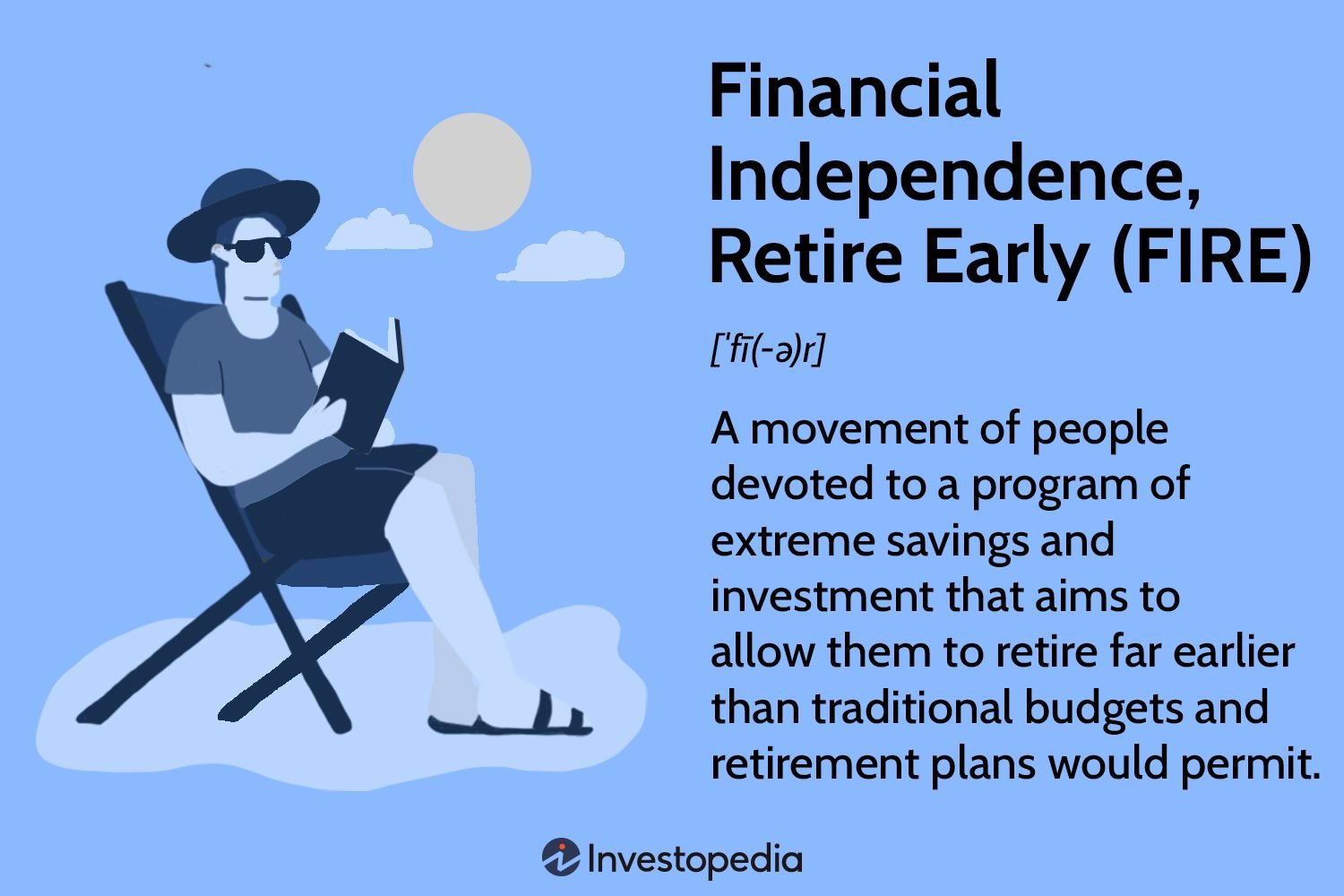An endowment fund in nonprofits is a powerful tool that ensures the long-term sustainability and success of an organization. It provides a stable source of funding, allowing nonprofits to fulfill their mission and make a lasting impact in their community. But what exactly is an endowment fund in nonprofits? In simple terms, it is a pool of assets, typically comprised of donations and investments, that generates income over time. This income is used to support the organization’s programs, projects, and operational expenses. In this article, we’ll delve into the details of endowment funds and how nonprofits can benefit from them, shedding light on this essential aspect of nonprofit management.
What is an Endowment Fund in Nonprofits?
Nonprofit organizations play a crucial role in addressing social, environmental, and humanitarian issues. To sustain their operations and achieve long-term goals, nonprofits often rely on various funding sources. One common strategy is establishing an endowment fund. In this article, we will explore what an endowment fund is in the context of nonprofits, how it works, and its benefits and challenges.
Understanding the Endowment Fund
An endowment fund is a financial mechanism designed to provide a stable and sustainable source of income for nonprofits. It represents a pool of invested assets, typically comprised of donations and other contributions made by individuals, corporations, or foundations. These funds are intended to be held indefinitely, with only a portion of the investment income being utilized to support the organization’s activities.
How Does an Endowment Fund Work?
The mechanics of an endowment fund may vary depending on the nonprofit’s specific objectives and legal requirements. However, here is a general overview of how an endowment fund typically operates:
1. Establishing the Fund: Nonprofits set up an endowment fund by creating a separate account or foundation dedicated to managing the donated assets. This ensures clear separation from the organization’s general operating funds.
2. Contributions: Donors can contribute to the endowment fund through various means, including cash, securities, real estate, or other valuable assets. These contributions can be made through one-time donations, bequests, or planned giving strategies.
3. Investment Management: The endowment assets are entrusted to professional investment managers or the nonprofit’s board of directors to ensure prudent investment decisions. The goal is to generate income and preserve the principal value of the fund over time.
4. Spending Policy: Nonprofits develop a spending policy that governs how much can be withdrawn annually from the endowment fund. This policy typically considers factors such as the organization’s financial needs, inflation, and the desire to maintain the fund’s real value.
5. Income Distribution: A portion of the investment income generated by the endowment fund is distributed annually to support the nonprofit’s operations and programs. It provides a stable and predictable source of funding, reducing reliance on volatile fundraising efforts.
6. Reinvestment: To maintain the long-term sustainability of the endowment fund, a portion of the investment income is often reinvested back into the fund. This helps to preserve the fund’s real value and protect against inflation.
Benefits of an Endowment Fund
Establishing an endowment fund offers several benefits for nonprofits. Let’s explore some of the key advantages:
1. Financial Stability and Long-Term Support
An endowment fund provides a reliable and consistent source of income for nonprofits. By diversifying their funding sources, organizations can have greater financial stability, reducing the risk of budget shortfalls and allowing them to focus on their mission-driven work over the long term.
2. Operational Flexibility
With a sustainable income stream from the endowment fund, nonprofits have greater flexibility in planning their programs and initiatives. They can undertake long-term projects, invest in capacity-building activities, or respond to emerging needs without solely relying on project-based grants or fundraising campaigns.
3. Donor Engagement and Stewardship
Endowment funds offer donors a unique opportunity to leave a lasting legacy. By contributing to an endowment, individuals or organizations can support causes they care about beyond their lifetime. This can enhance donor engagement and foster a sense of stewardship within the community.
4. Protection Against Market Volatility
Endowment funds are typically invested in a diversified portfolio, which helps mitigate the impact of market fluctuations. While short-term market conditions may affect the value of the fund, the long-term nature of the endowment allows nonprofits to weather economic downturns and maintain stable funding.
Challenges and Considerations
While endowment funds present many benefits, nonprofits should also be mindful of the challenges involved. Here are some important considerations:
1. Initial Fund Size
Establishing an endowment fund requires an initial pool of assets. Nonprofits may face challenges in accumulating the necessary funds to create a meaningful and impactful endowment. Engaging dedicated donors and developing effective fundraising strategies are crucial in overcoming this hurdle.
2. Investment Management Expertise
Proper investment management is crucial to achieving the desired financial results for an endowment fund. Nonprofits need either in-house expertise or the ability to engage professional investment managers who can navigate the complexities of investing and maximize returns while managing risks.
3. Ethical and Responsible Investing
Nonprofits often face ethical considerations when investing their endowment funds. Aligning the investment strategy with the organization’s mission and values is important. This may involve incorporating environmental, social, and governance (ESG) principles or avoiding investments that conflict with the nonprofit’s core mission.
4. Long-Term Commitment
An endowment fund is a long-term financial commitment for nonprofits. The organization must adhere to a sustainable spending policy that balances current needs with future financial health. Flexibility is crucial to manage changing circumstances, ensuring the fund remains relevant and effective over time.
In conclusion, an endowment fund is a powerful tool for nonprofits to achieve financial sustainability and ensure long-term impact. By establishing and managing an endowment fund effectively, organizations can unlock a stable source of income, offer donors a meaningful giving opportunity, and strengthen their ability to create positive change in the world.
What is an Endowment?
Frequently Asked Questions
Frequently Asked Questions (FAQs)
What is an endowment fund in nonprofits?
An endowment fund in nonprofits refers to a fund that is set up by the organization to provide ongoing financial support for its mission and programs. The fund is typically invested, and the returns generated from the investments are used to support the organization’s activities, ensuring its long-term sustainability.
How does an endowment fund work?
An endowment fund works by pooling together donated funds and investing them in various assets such as stocks, bonds, and real estate. The income generated from these investments is then used to support the organization’s operations, programs, and initiatives. The principal amount of the fund is typically kept intact to ensure its long-term growth and sustainability.
Why do nonprofits establish endowment funds?
Nonprofits establish endowment funds to create a stable and consistent source of income for their long-term financial sustainability. These funds provide a reliable stream of revenue that enables the organization to continue its mission and programs even during periods of economic uncertainty or reduced donor contributions.
How are endowment funds managed?
Endowment funds are managed by investment professionals who make decisions regarding the allocation of the fund’s assets. These professionals follow specific investment strategies and diversify the fund’s portfolio to minimize risk and maximize returns. Nonprofits often work closely with financial advisors or investment committees to ensure the prudent management of their endowment funds.
Can nonprofits access the principal amount of an endowment fund?
In most cases, nonprofits are not allowed to access the principal amount of an endowment fund. The principal serves as the foundation of the fund and is intended to be preserved and grown over time. Only the income, dividends, and returns generated from investing the principal can be utilized to support the organization’s activities.
What are the benefits of having an endowment fund?
Having an endowment fund provides several benefits to nonprofits. It offers financial stability and reduces dependence on external funding sources, providing a reliable income stream for the organization’s programs. Additionally, an endowment fund can enhance the organization’s credibility and attract potential donors who are interested in supporting the long-term sustainability of the nonprofit.
Can donors specify how their endowment funds should be used?
Yes, donors can often specify how their endowment funds should be used. Nonprofits typically work closely with donors to understand their philanthropic goals and ensure that their intentions are honored. Donors can specify areas of focus, such as educational programs, scholarships, research, or general operating support, within the broader mission of the organization.
How can nonprofits grow their endowment funds?
Nonprofits can grow their endowment funds by actively engaging in fundraising efforts and cultivating relationships with potential donors. They can promote the benefits of investing in an endowment fund to attract long-term supporters. Additionally, nonprofits can explore strategies such as matching gift programs, legacy giving, and planned giving to encourage donations to their endowment funds.
Final Thoughts
An endowment fund in nonprofits is a financial resource set aside for long-term sustainability. It acts as a permanent investment fund that generates income to support the organization’s mission and activities. Unlike regular donations or grants, an endowment fund is designed to last indefinitely, providing a steady stream of income over time. Nonprofits can use the funds generated by the endowment to fund their operations, programs, and initiatives, ensuring financial stability and independence. By building an endowment fund, nonprofits can secure their future and sustain their efforts in making a positive impact on society.



